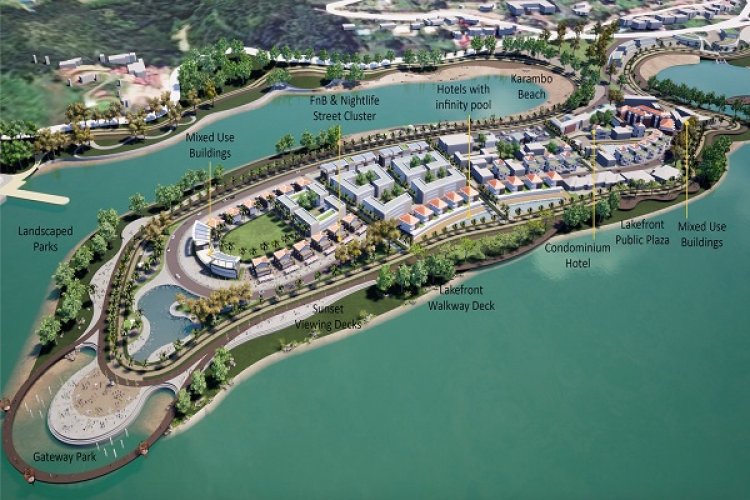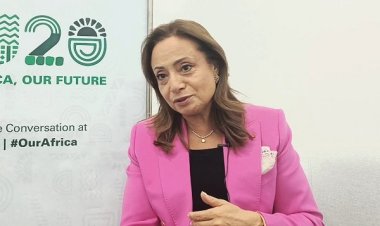Absence of municipal management across Rwanda’s six secondary cities has been singled out as hampering their effective management, dampening the much-anticipated prospects of stimulating local economic development and job creation.
Analysts say this further cast doubt on the satellite cities’ ability to ease rural-urban migration burden on the capital Kigali in the short term.
Official data show that estimated 100,000 people have been entering Kigali each year in search of better services and jobs, and the figure kept rising, prompting government to make adjustments to deconcentrate socio-economic development to different parts of the country.
This led to designation of Rubavu and Rusizi towns in Western Province, Huye and Muhanga in Southern Province, Musanze in Northern Province and Nyagatare in Eastern Province as secondary cities.
Officials indicate that government so far invested over Rwf65 billion in infrastructure projects across these satellite cities in hope to put rural-urban migration pressure off Kigali.
Besides, a decision was made in 2019 to relocated headquarters and services of several State parastatals and institutions from the Capital City to the secondary cities in a bid to spur their economic growth.
Institutions that relocated include the Institute of National Museums of Rwanda, Rwanda Agriculture Board (RAB), the national rehabilitation service (NRS) and the National Industrial Research and Development Agency (NIRDA).
Others are the university of Rwanda colleges, Rwanda cooperative agency (RCA) and the workforce development authority (WDA).
Governance gaps
However, despite a 2018 decision of the national leadership retreat to establish municipal management in secondary cities to spearhead the desired transformation, many still operate in the same way as any other rural district.
This implies that officials have been focusing on rural issues and not prioritize resources to drive urban growth.
Details obtained by this publication indicate that while management organizational structures were formulated for most secondary cities, they were neither approved nor operationalised in cities such as Musanze, Rubavu and Rusizi, among others.
Also read: Kigali slums likely to vanish just like that… no demolitions
The concerns re-emerged Tuesday at the upper house of Parliament when its standing committee on economic development and finance sought updates on government’s activities with regard to fast-tracking sustainable urbanisation.
The Committee heard from local government Minister Jean Marie Vianney Gatabazi, and the Local Administrative Entities Development Agency (LODA) head Claudine Nyinawagaga.
The officials said the process to establish municipal management offices in secondary cities was being expedited, but did not give the timelines.
Rwanda’s auditor general Alexis Kamuhire in his audit report released in May 2022 indicated that lack of management offices in secondary cities highlighted gaps in governance that had a bearing on urban plan development, implementation of infrastructure projects and monitoring of urbanization.
Projects delay
For instance, the audit noted that the urban area of the five sampled secondary cities have few detailed physical plans for specific sites, and this gave a rise to informal settlements which hinders decent urbanization and make it costlier in provision of public services to people.
At least 7,741 building permits have been issued in areas without detailed physical plans being implemented on site within urban boundary, according to the audit findings.
“Those gaps hamper effective master plan implementation, socio-economic development, green growth as well as tracking urbanization progress of secondary cities,” the report indicated.
URBANISATION: Kigali authorities move to fix another ‘slum’
Cited governance gaps are said to have resulted in delayed execution of planned infrastructures ranging from modern markets, expo grounds, industrial parks and commercial centres, among others.
For instance, only one out of the planned 13 infrastructure investments was constructed by 2021-2022, while only four out of the planned 52 infrastructure projects in the area of tourism and recreational were constructed, according to the auditor general.
Weaknesses were also noted in implementation of industrial parks across secondary cities.
The audit indicates that Rubavu did not acquire land for industrial parks while four other secondary cities namely Nyagatare, Huye, Musanze and Rusizi acquired land, but they did partial servicing in terms of providing basic amenities like roads, street lights and fibre optic connectivity.
The population living in urban areas in Rwanda is projected to rise to 35 per cent in 2024 from estimated 28.1 currently. The urbanization rate is expected to double to 70 percent in 2050, according to official data.


